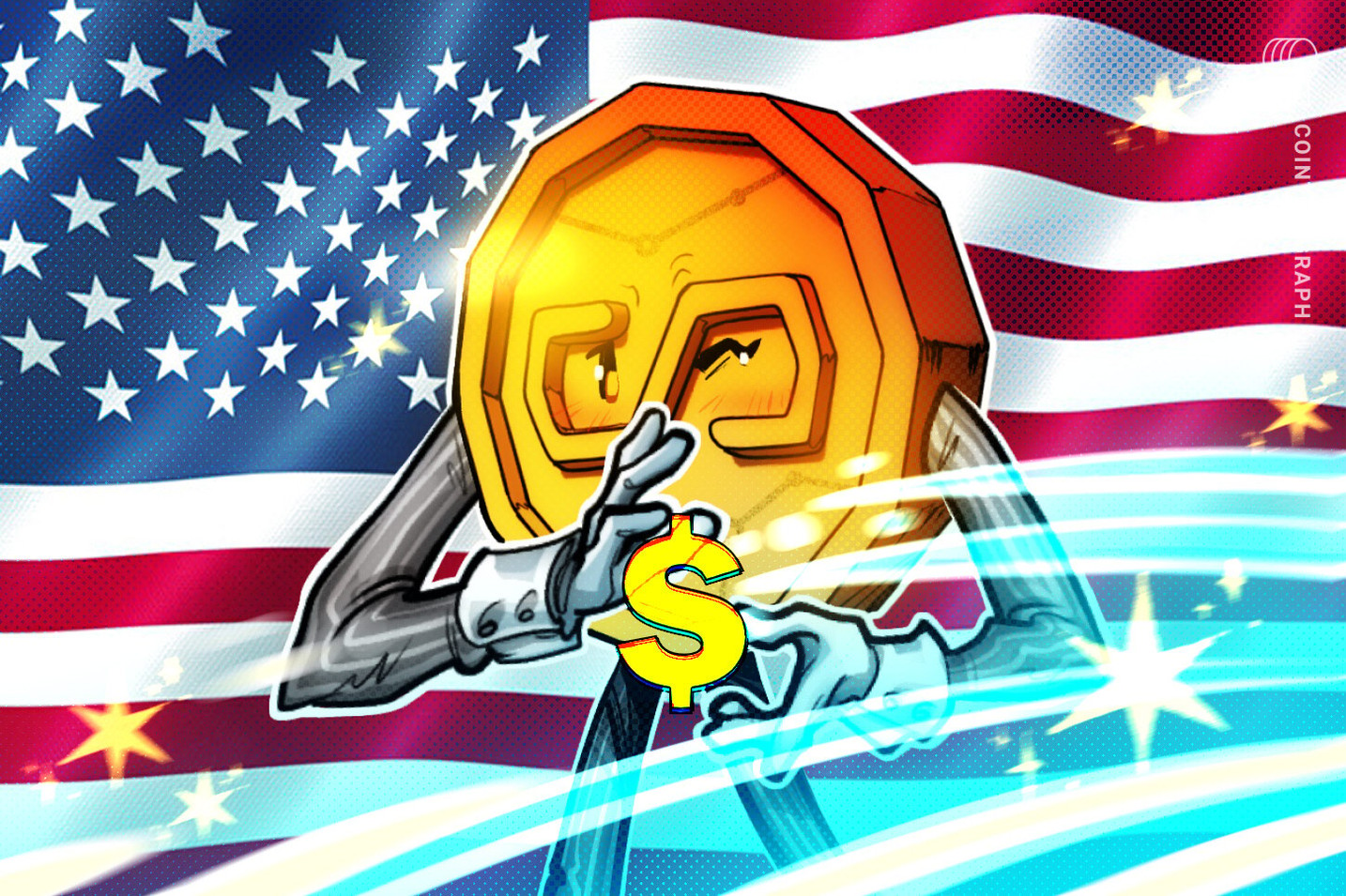
North Dakota and Fiserv Team Up for 'Roughrider' Stablecoin Initiative
North Dakota plans to introduce Roughrider Coin, a stablecoin fully backed by the US dollar, in collaboration with Fiserv, aiming for a 2026 launch.
North Dakota is set to unveil Roughrider Coin, a completely US dollar-backed stablecoin, in 2026 through a collaboration with the payment processor Fiserv.
The initiative, revealed in a Wednesday announcement, will make the token accessible to banks and credit unions across North Dakota, facilitating interbank transactions, merchant payments, and international money transfers.
In 2022, Fiserv reportedly managed around 35 billion merchant transactions. They had already introduced their digital asset platform in June with a “white-label” stablecoin designated for banks. Roughrider Coin will utilize this infrastructure and is anticipated to be compatible with other stablecoins.
Named in honor of Theodore Roosevelt—who was president from 1901 to 1909—the coin acknowledges his leadership of the Rough Riders during the late 1800s in the Cuban War against the Spanish Army. Post his political career, Roosevelt settled in North Dakota.
The Bank of North Dakota, founded in 1919 and recognized as the only state-owned bank in the US, manages assets exceeding $10 billion. The bank collaborates with local financial institutions to support agriculture, commerce, and industry through services such as liquidity provision, loan participation, and secondary market services, with its profits redirected towards state initiatives and economic development.
Governor Kelly Armstrong emphasized that issuing a stablecoin “backed by real money” represents a “cutting-edge approach to establishing a secure and efficient financial ecosystem for our citizens.”
Roughrider Coin will mark the second state-backed stablecoin introduced in the US this year, following Wyoming’s Frontier Stable Token (FRNT), which launched its mainnet in August across seven blockchains before confirming Hedera as its issuer in September.
The competitive stablecoin landscape
With the introduction of their stablecoins, Wyoming and North Dakota will step into a market that is denser than before. The US stablecoin landscape has become increasingly fragmented and competitive with the passing of the GENIUS Act in July.
While established players like USDT and USDC maintain their predominance in terms of market capitalization, a new generation of competitors is reshaping the sector.
Recently, on September 24, the crypto derivatives platform Hyperliquid launched its native stablecoin USDH, issued by Native Markets. This dollar-pegged token is expected to operate within Hyperliquid’s ecosystem, which registered more than $330 billion in trading volume in July.
Shortly after, Cloudflare announced NET Dollar, a US dollar-backed stablecoin aimed at AI-driven payments to support real-time, programmable transactions between autonomous agents.
As the number of stablecoins rises, some industry leaders interpret this surge in competition as a sign of healthy maturation within the sector, rather than disorder.
Austin Ballard, partnerships manager at Offchain Labs, remarked, “If more teams are looking to launch or utilize stablecoins, it means that stablecoins are succeeding in solving problems for businesses and users. In the long term, it will be a net benefit.”



